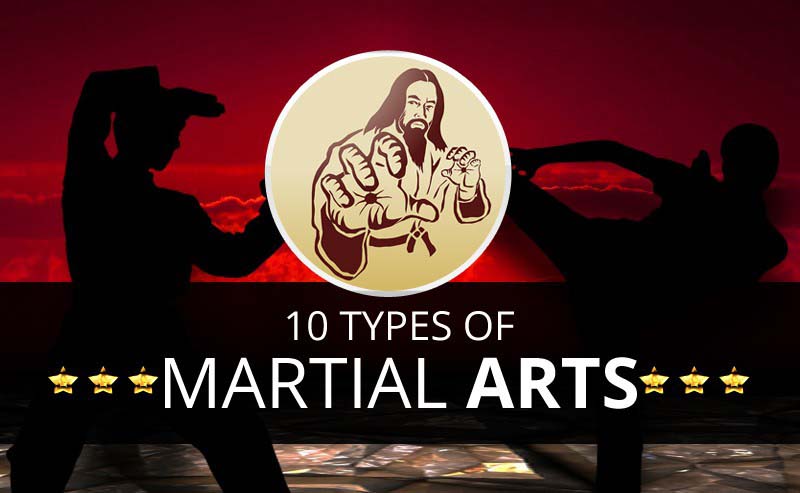Key Distinctions In Between Traditional Martial Arts And Modern Battle Sports: A Comprehensive Evaluation
Key Distinctions In Between Traditional Martial Arts And Modern Battle Sports: A Comprehensive Evaluation
Blog Article
Post Writer-Keith Finnegan
When you consider martial arts, do you lean much more toward the conventional practices or the contemporary fight sports? Each path provides one-of-a-kind benefits and experiences, shaped by their approaches and training approaches. Standard martial arts emphasize individual growth and technique, while contemporary combat sports concentrate on competition and efficiency. Understanding these distinctions can guide you in selecting the appropriate approach for your journey. But how do chinese martial arts weapons materialize in training and philosophy?
The Approach and History Behind Conventional Martial arts
While many individuals connect martial arts with physical fight, the viewpoint and background behind standard martial arts run much deeper. You'll discover that these disciplines stress individual development, self-control, and regard.
Originating from old practices, standard martial arts were commonly developed for Self-Defense and spiritual development. They personify principles such as equilibrium, harmony, and self-discipline, guiding experts beyond mere battling skills.
As you educate, you'll not only learn techniques however additionally acquire insights into the culture and values that shaped these arts. The rituals and practices, typically given through generations, foster a feeling of neighborhood and belonging.
The Affordable Nature of Modern Combat Sports
Modern fight sports have changed the landscape of martial arts right into an extremely affordable field, where professional athletes face off in an examination of ability, approach, and endurance.
You'll see that competitors are commonly arranged with strict regulations and regulations, guaranteeing fair game and safety. These events bring in big audiences, fueling the enjoyment and intensity of matches.
Athletes train carefully, not just for physical expertise however likewise for psychological sturdiness, knowing that every detail counts in the ring. The adrenaline thrill throughout competitions is palpable, as competitors press their limitations to assert triumph.
Fans value the athleticism and creativity included, making contemporary battle sports a thrilling spectacle that continues to develop and astound enthusiasts around the world.
Training Approaches and Strategies: A Comparative Analysis
The competitive ambience of contemporary combat sports demands cutting-edge training methods that vary substantially from typical martial arts.
In contemporary training, you'll concentrate on details techniques, sparring, and conditioning, typically making use of drills that simulate actual fight circumstances. You'll see a focus on measurable performance and frequent competitors to examine your skills.
In is martial arts good for autism , typical martial arts prioritize kinds, katas, and philosophical trainings, commonly emphasizing self-control and respect over competition.
https://americansongwriter.com/how-martial-arts-inspired-the-band-name-five-finger-death-punch/ is usually much less extreme and might include repetitive technique instead of real-time sparring.
While both methods construct skill and fitness, modern-day fight sports supply a much more vibrant and versatile training setting, preparing you for instant challenges in the ring or cage.
Choose the course that straightens with your objectives and interests.
Final thought
In choosing between standard martial arts and modern combat sporting activities, it really boils down to what you value a lot of. If you're looking for individual growth, technique, and a sense of area, standard arts could be your ideal fit. But if you flourish on competitors and real-time difficulties, modern-day fight sports could be the method to go. Ultimately, both courses supply special advantages, so it's everything about straightening your training with your individual goals and passions.
